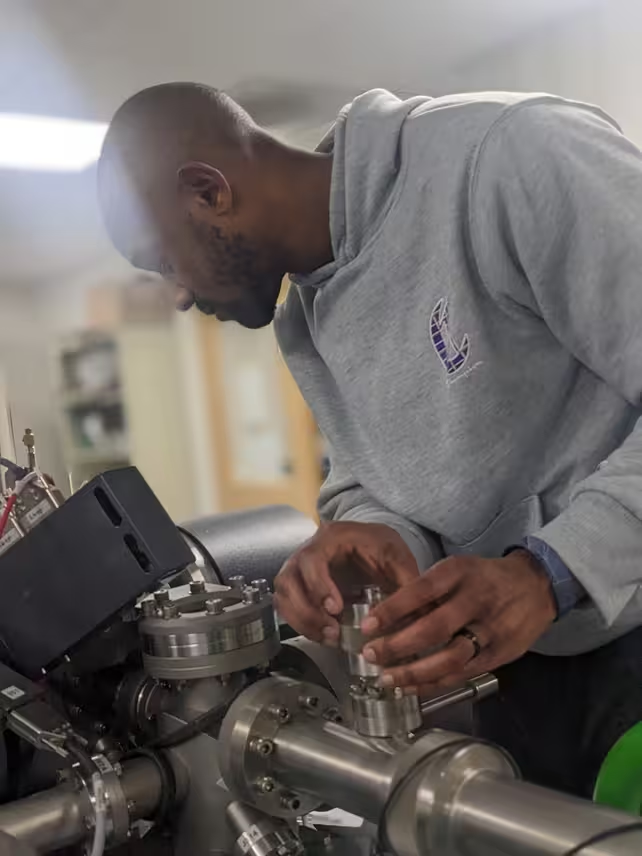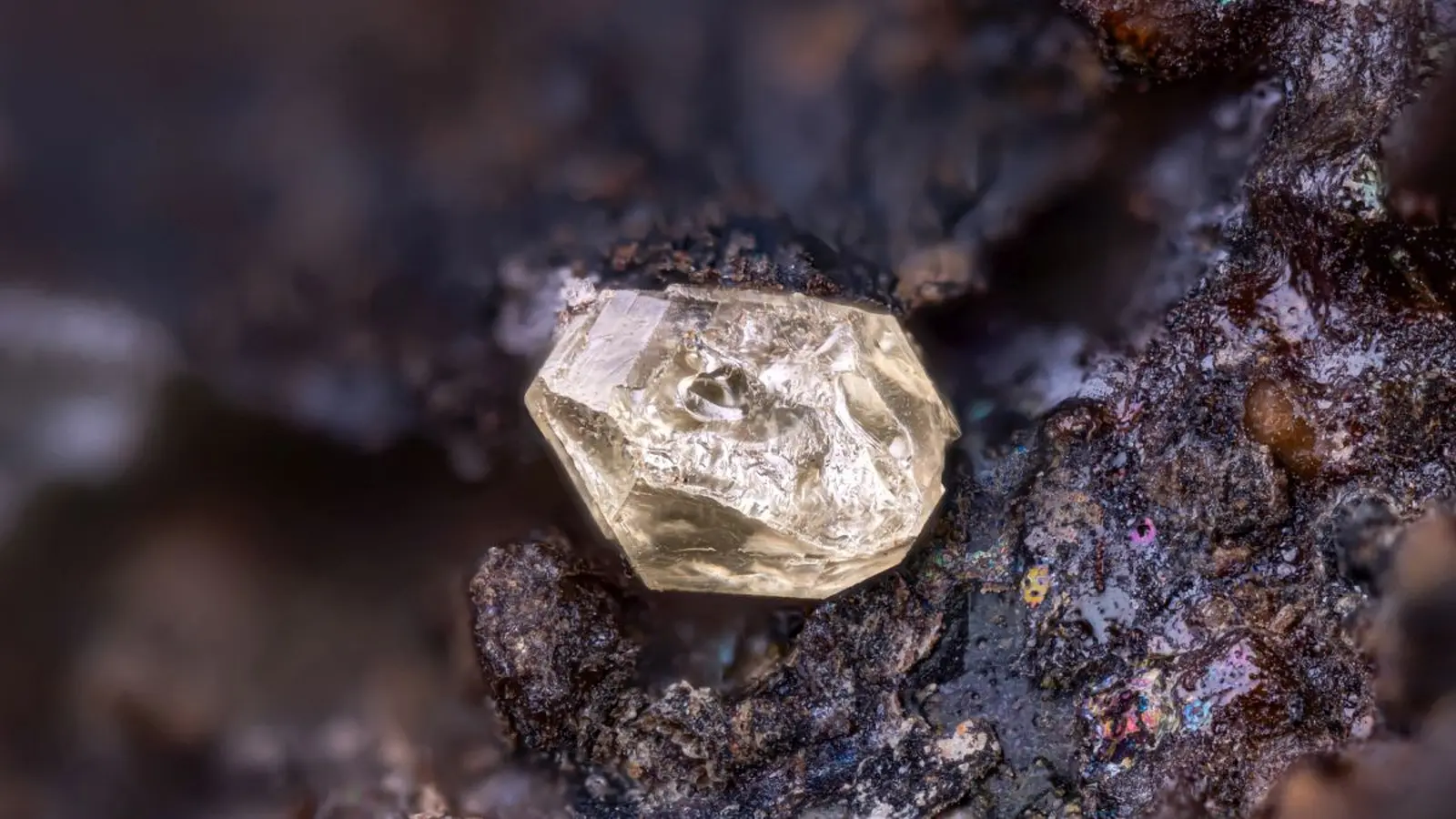6 Minutes
Buried for decades in a helium-sealed vault, a sliver of Apollo 17 material has yielded an unexpected clue about the early Solar System. Tiny grains of troilite — an iron-sulfur mineral — show a sulfur isotope pattern unlike anything previously seen in lunar samples. That anomaly could point to atmospheric chemistry on the newborn Moon or even preserved material from the planetary body that helped build our Moon.
A hidden relic from Apollo 17
During the Apollo missions of the late 1960s and early 1970s, astronauts returned 382 kilograms (842 pounds) of lunar rocks and soil to Earth. Some samples were intentionally stored under pristine conditions — sealed away for future study when lab techniques would be more advanced. One of those reserved samples, catalogued as drive tube 73001/2 from the Apollo 17 mission, recently became the focus of a careful isotopic study.
Planetary scientist James Dottin and colleagues at Brown University used high-precision mass spectrometry to examine sulfur isotopes in fragments of troilite from that tube. Troilite (FeS) is common in meteorites and in lunar rocks; sulfur within troilite preserves isotopic fingerprints that record the chemical environment where it formed. The team targeted grains that looked volcanic in origin, expecting to confirm the sulfur signature typical of lunar mantle sources.

Apollo 17 lunar module pilot Harrison Schmitt using a sample collection scoop on the Moon.
Unexpected isotope fingerprints
Isotopes are atoms of the same element with different neutron counts; their relative abundances can act like a chemical barcode, revealing formation pathways and environments. In parts of the Apollo troilite sample, the researchers found slightly elevated levels of sulfur-33 — a pattern consistent with volcanic degassing on the Moon. In other grains, however, the opposite pattern appeared: a striking depletion in sulfur-33 that had never been measured in lunar materials.
Before this discovery, the lunar mantle's sulfur isotopic composition was thought to closely mirror Earth's. Dottin’s team found values that diverge sharply from terrestrial norms, suggesting a process unlike typical planetary volcanism. Such a sulfur-33 depletion points to photochemical processing: interactions between sulfur compounds and ultraviolet light in a thin atmosphere can fractionate sulfur isotopes in ways that produce the observed signature.
Two ancient scenarios — both profound
There are two leading ways to interpret the photochemical signal, and both imply great antiquity for these grains. First, the sulfur could have formed and been altered on the Moon itself during an early epoch when a global magma ocean blanketed the lunar surface. As that magma ocean cooled and released volatiles, sulfur-bearing gases could have escaped into a transient primordial atmosphere and been processed by solar UV light. Condensed grains later trapped beneath the surface might therefore record that unique early-Moon chemistry.
The second, more provocative possibility invokes Theia — the Mars-sized impactor long hypothesized to have collided with Earth and spawned the Moon. Most models predict the proto-lunar material mixed extensively with Earth’s mantle, producing a broadly homogeneous lunar composition. But if some material from Theia survived and became embedded in the Moon, those fragments could carry isotopic signatures distinct from Earth-derived material. The anomalous sulfur could be such a relic.

Planetary scientist James Dottin using a secondary ion mass spectrometer to analyze lunar samples from Apollo 17.
Why this matters for Moon formation models
Either explanation has major implications. If the sulfur was photochemically altered on the Moon, it implies mechanisms of volatile exchange between surface and mantle that we do not fully understand — processes that might mimic some aspects of plate-driven recycling on Earth, but operating very differently on an airless body. If the sulfur instead represents inherited Theia material, it would provide rare direct chemical evidence of a planetary body other than Earth contributing intact fragments to the Moon.
Both avenues also challenge simple scenarios in which the Moon accreted from a well-mixed cloud of impact debris. A heterogeneous distribution of sulfur isotopes would argue for localized reservoirs or incomplete mixing during the Moon’s assembly.
Techniques and future steps
The study relied on modern mass spectrometry techniques that outperform the instruments available during the Apollo era. That’s precisely why some samples were set aside: to benefit from future analytical advances. Even with today’s tools, however, the result currently rests on a single sealed sample. Confirming the finding will require more measurements of lunar materials and, ideally, additional pristine samples returned by upcoming missions.
Researchers suggest follow-up work could involve: targeted isotopic surveys of other reserved Apollo samples; comparative studies of troilite in meteorites and lunar ejecta; and, in the longer term, new sample-return missions to regions that preserve ancient lunar mantle materials. Parallel lab experiments simulating photochemical processing under thin-atmosphere conditions will also help test the evaporation-and-recondensation hypothesis.
Expert Insight
'Discoveries like this are reminders that even small, sealed samples can overturn longstanding assumptions,' says Dr. Elena Morales, an imagined planetary geochemist at a major research university. 'The isotope patterns point to chemistry we didn’t expect on the Moon. Whether it's a trace of Theia or a signal from a transient lunar atmosphere, we’re being offered a direct probe into events from 4.5 billion years ago.' She adds that coordinated isotopic work across multiple labs will be crucial to rule out contamination or lab-specific artifacts.
What comes next for lunar science?
The new paper — published in JGR Planets — is a prompt to reexamine stored lunar material with fresh eyes. It also underscores the value of preserving samples for future instrumentation. Resolving whether the strange sulfur originated on the Moon or came from a now-lost planetary sibling will take time, more samples, and cross-disciplinary experiments. Still, the finding already acts as a breadcrumb trail back to the chaotic, high-energy era when the terrestrial planets took shape.
Source: sciencealert
Comments
DaNix
Is this even true? Single sample, sealed vault, lab artifacts possible. Hope they replicate it before big claims
astroset
Wow, buried Apollo scraps still surprising us. If that sulfur is Theia's fingerprint, mind blown... but cautious, pls more data


Leave a Comment